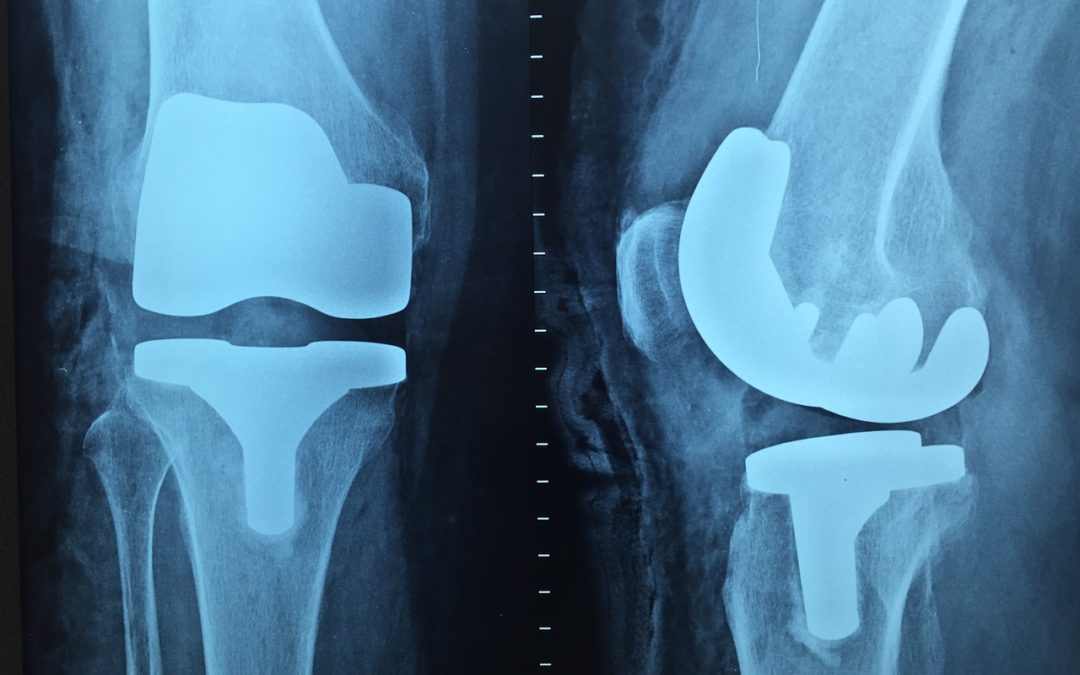
How Is Knee Surgery Performed?
Knowing surgical procedures isn’t exactly a part of MBBS entry requirements in Malaysia, but if you do have the knowledge of some, it makes your surgery education easier to absorb and practice. Among the procedures that you can know as a start is a knee replacement surgery.
Knee replacement is a procedure that focuses on a knee damaged by injury or arthritis. Damaged knees can be troublesome in your daily life as something simple as walking or climbing up a staircase is hard and painful. Even sitting and lying down will result in the same sensation.
The surgery is only performed when medications and other walking aids can no longer suffice, and your worn or fractured bones in the knee must be replaced with prosthetic joints to relieve pain, correct deformities and help you resume normal activities.
The process

After the patient is rendered unconscious with anesthesia, the leg is first cleaned with an antiseptic solution to minimize the risk of infections in the middle of an operation. Throughout this, the patient’s status is constantly monitored, and this includes the heart rate, breathing, blood oxygen level and blood pressure.
After the incision is marked over the knee, it is opened with a scalpel. The skin is the first to cut, followed by the tissue to expose the bones underneath. The knee is then bent up so the femur, patella and tibia can be viewed at a better angle and worked on easily.
The spurs are first trimmed off the surfaces of the knee joints. They are abnormal bony lumps that appear when, through wear and tear, the “cushioning” within the joints degrade, resulting in their formations. After the spurs were trimmed, reshaping can begin.
The femur, tibia and patella are reshaped by cutting small, thin portions of their damaged surfaces. Holes are also drilled to fit the prosthetic joints into the knee. Before a bone cement can be applied, trial prosthetics are first fitted to determine whether the knee can support the real variants. The parts must remain in place when the knee moves, and this is tested by simply bending the knees back and forth.
After the trial is successful, bone cement can finally be applied onto the shaped joints and underneath the actual prosthesis so metal and bone can strongly bond together. Any excess cement is scraped off and thrown away, then the knee is rested flat on the operating table to allow the bond to harden within 15 minutes or so.
The knee is bent again to make sure that the prosthesis works, and once they do, the incision can now be closed. The tissue underneath the skin is sutured, while the skin is either stitched with the same surgical tool or with a stapler. Fluids at the incision site will be drained and the knee is finally wrapped in a sterile bandage or dressing.
The patient will have to recover in a hospital a few days after the surgery, and will be monitored as they start moving with their new joints with the help of physical therapy and exercise.
You May Also Like

“Plan Your Perfect Indoor Gym Floor with Mat Solutions in Malaysia”
October 4, 2023
Advantages of Online Mobile Reload Malaysia
January 25, 2023

